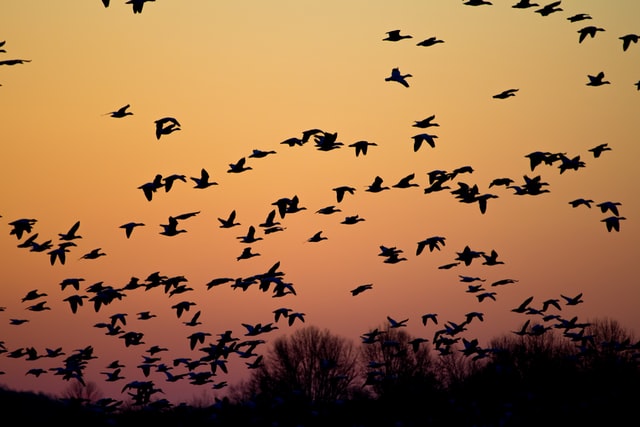
The COVID-19 pandemic caused a dramatic shift in population trends over the past year — for the first time in 40 years, regional markets achieved a higher growth than capital cities.
Figures from the Australian Bureau of Statistics (ABS) showed that the population in regional Australia grew by 0.9% over the 2020-2021 financial year, while capital cities lost around 0.1% of its population.
McGrath Estate Agents managing director and CEO John McGrath said the population surge occurred because people saw no reason to stay in the capital city markets as the work-from-home set-up became more common amid the pandemic.
“They looked to the regions for more affordable housing and a lifestyle change, with the greatest population gains in regional NSW, regional Queensland and regional Victoria,” Mr Mcgrath said.
“The greatest capital city population losses were in Melbourne and Sydney – not only due to regional relocations, but also the international border closure shutting down overseas migration.”
Over the year, Sydney posted a net population loss of 34,849 due to internal migration (the movement between and within states).
The majority of those that left Sydney went to regional NSW, particularly in areas such as Illawarra, Hunter Valley, and the Mid North Coast.
Meanwhile, Melbourne had a net loss of 33,501 due to internal migration — departing Melburnians set their sails to regional Victoria, with Latrobe-Gippsland and Geelong as the top destinations.
“Regional Queensland also welcomed large numbers of Sydneysiders and Melburnians, with most of them settling on the Gold Coast and Sunshine Coast,” Mr McGrath said.
Ray White chief economist Nerida Conisbee said Geelong topped the list of areas that reported the strongest population growth during the pandemic relative to the long-term averages.
“A search for space was key, but so too were changes to the way people were working through the pandemic which allowed for greater choice of location,” she said.
During the pandemic, Geelong managed to record a net population gain of 7,157, which is higher than the net gain of 5,074 for the past 20 years.
The outer Brisbane area of Logan - Beaudesert and NSW’s Hunter Valley were also some of the biggest gainers.
Here are the other areas that posted the strongest gain in population during the pandemic relative to their long-term averages:
|
Area |
Net gain during the pandemic |
20-year average |
|
Geelong |
7,157 |
5,074 |
|
Logan - Beaudesert |
7,000 |
5,946 |
|
Hunter Valley |
5,280 |
3,639 |
|
Sydney – Baulkham Hills and Hawkesbury |
5,061 |
3,802 |
|
Sydney – Outer South West |
4,856 |
3,787 |
|
Latrobe – Gippsland |
4,316 |
2,968 |
|
Newcastle and Lake Macquarie |
3,993 |
2,721 |
|
Sydney – Outer West and Blue Mountains |
3,226 |
2,344 |
|
Sydney – Sutherland |
1,861 |
1,099 |
|
Murray |
1270 |
585 |
“The majority of top pandemic growth regions were either outer suburban areas of capital cities or regional locations close to capital cities,” Ms Conisbee said.
One outlier, however, was the Murray region of NSW where population growth was more than double the long-term average.
The region includes the towns of Albury, Hay and Deniliquin, which are not within commuting distance to any capital city.
“It is likely that the popularity of this area is part lifestyle change but also due to some bumper agricultural conditions that have been seen over the past two years,” she said.
Ms Conisbee said it is likely that many of these areas will witness higher gains in the next 12 months.
“International borders are open again which means that migration to Australia is starting up again. The momentum in many of these areas is set to continue,” she said.
—
Photo by @7bbbailey on Unsplash